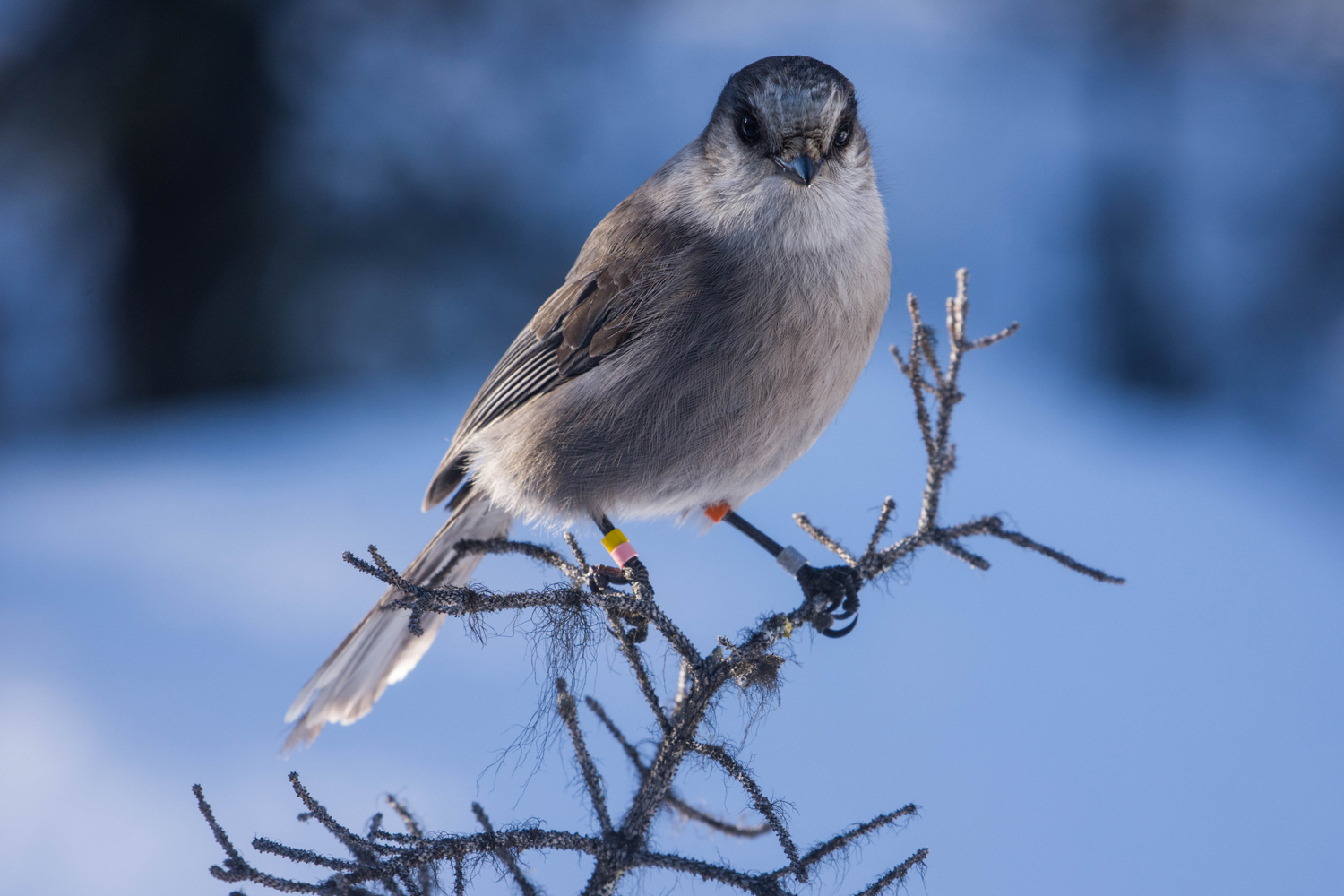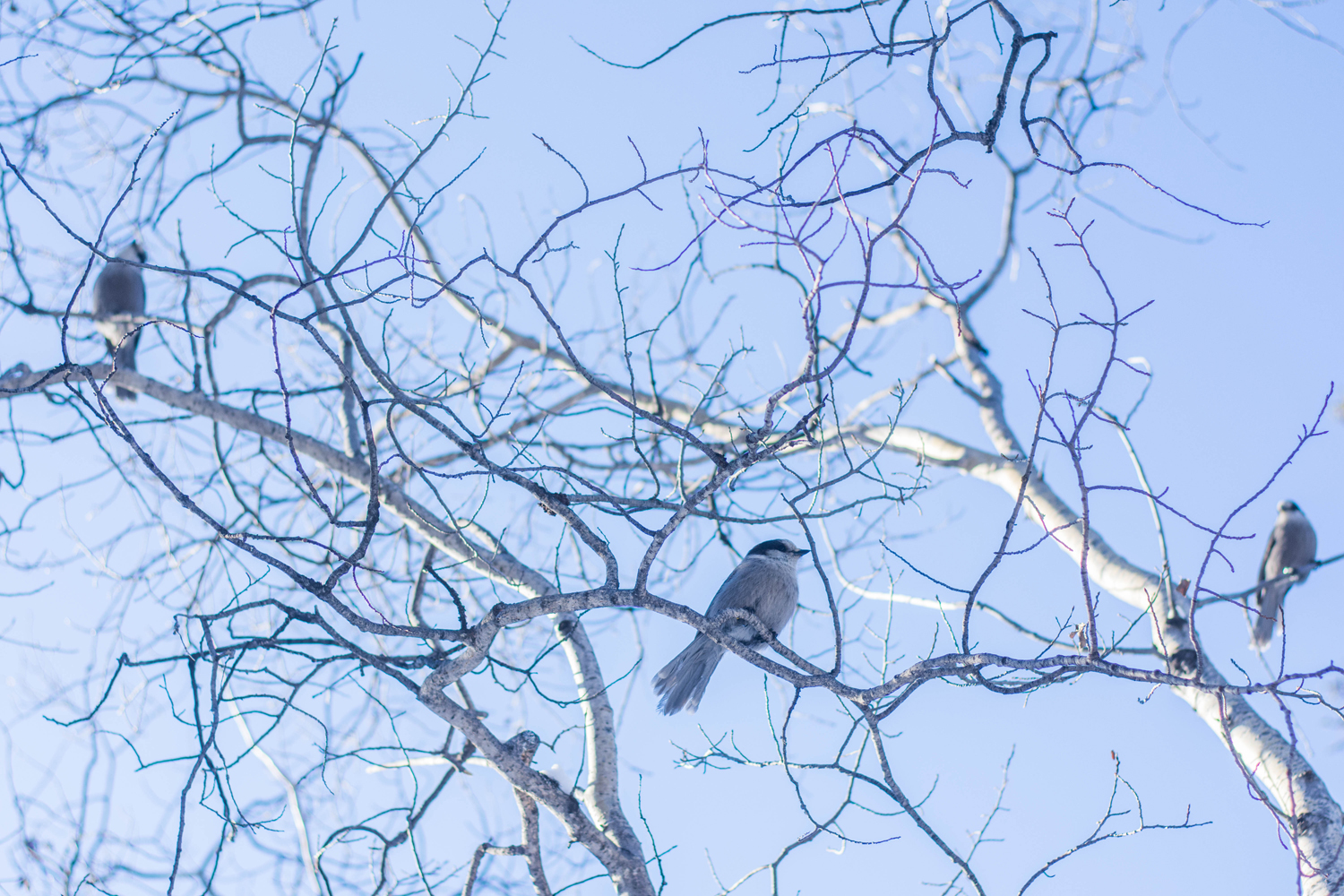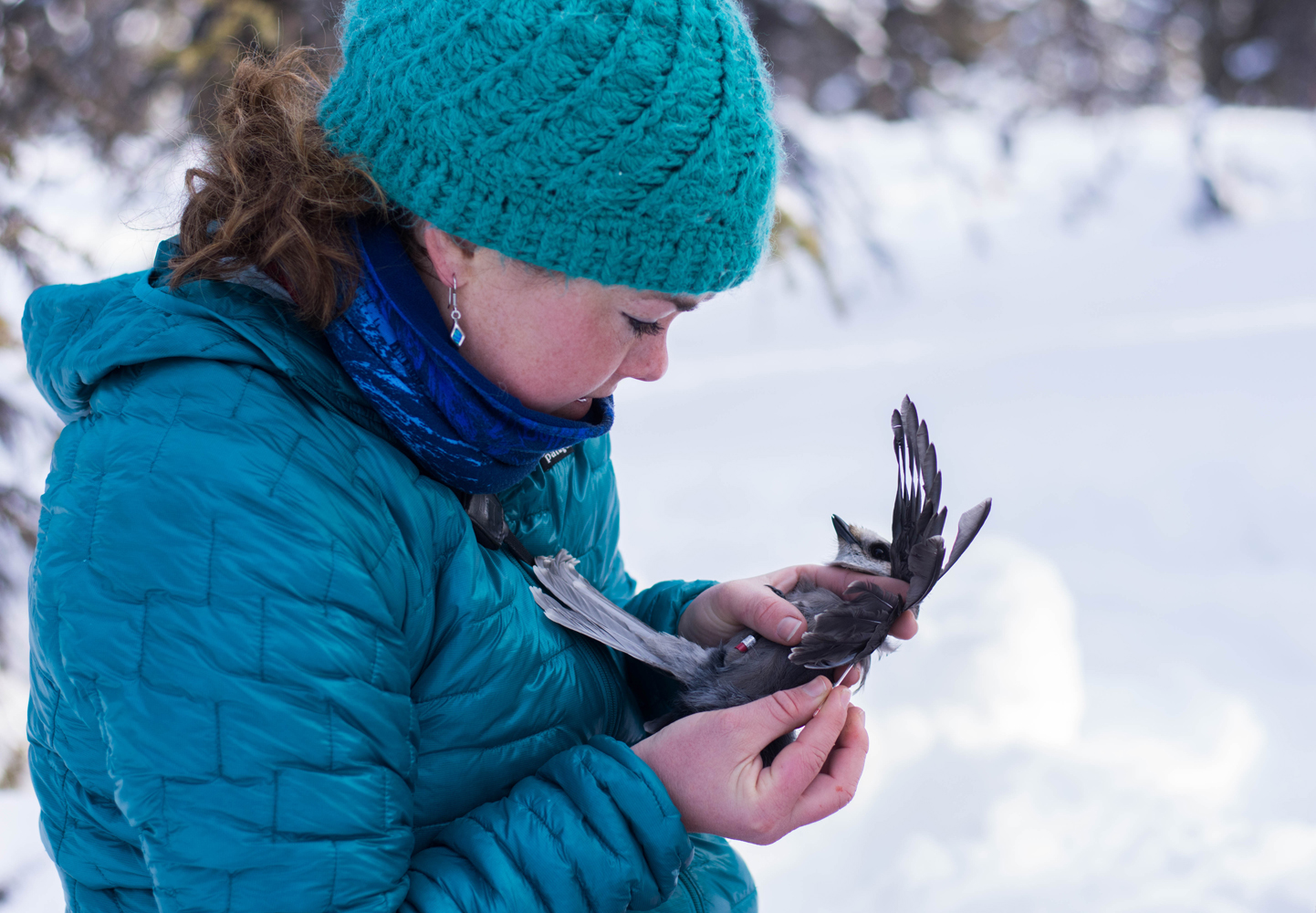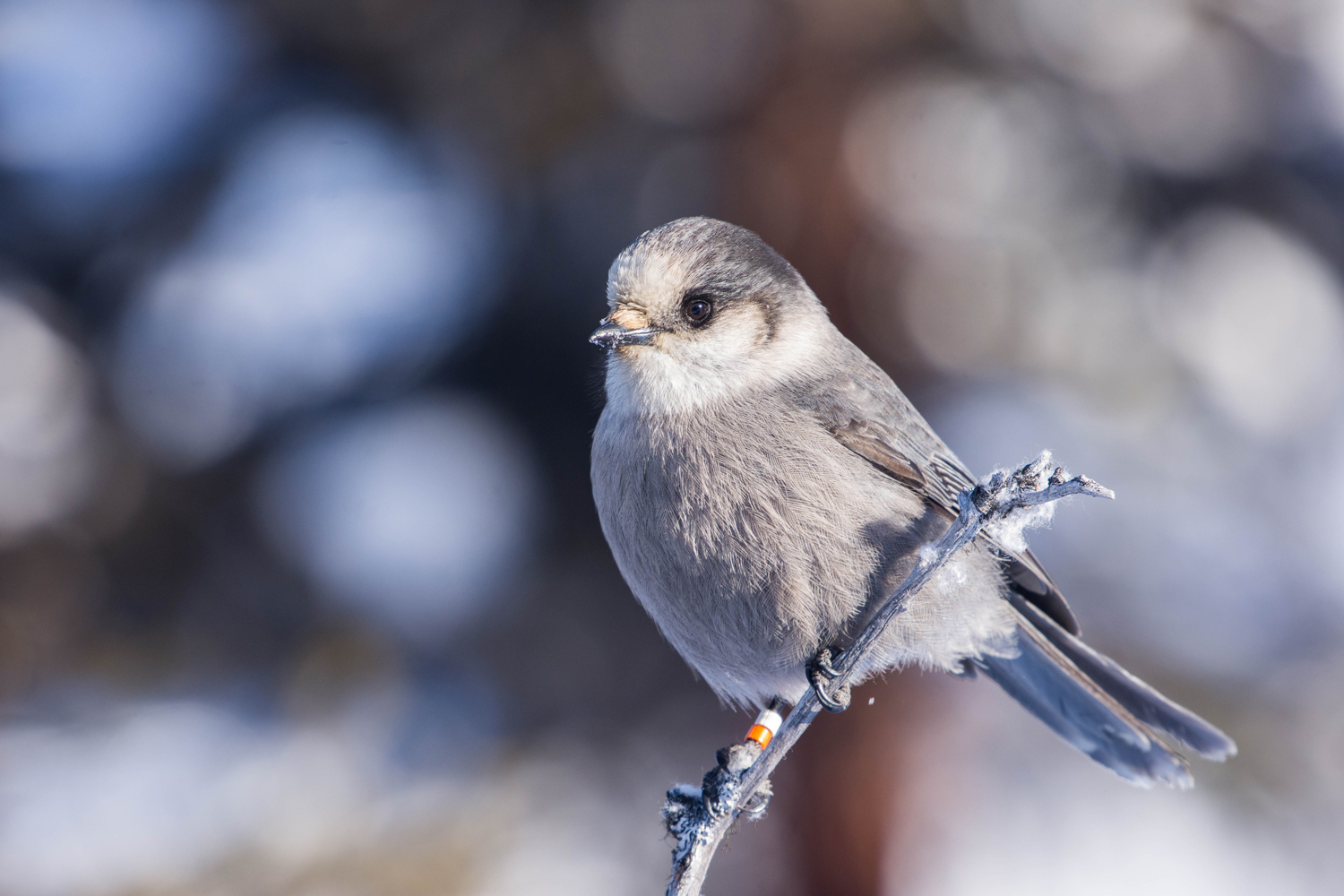
NPS Photo / Mary Lewandowski Why Study Canada Jays?
Research in the ParkPark biologists are working with partners at the University of Guelph and University of Washington to collect data on changes in the Canada jay population. Their research provides new knowledge about Canada jays' year-round requirements and examines how a warming climate may impact the future of Canada jays in Alaska’s boreal forests.
Visit our keyboard shortcuts docs for details
Learn about how and why biologists are banding Denali's Canada jays. Science Stories |
Last updated: August 20, 2019




